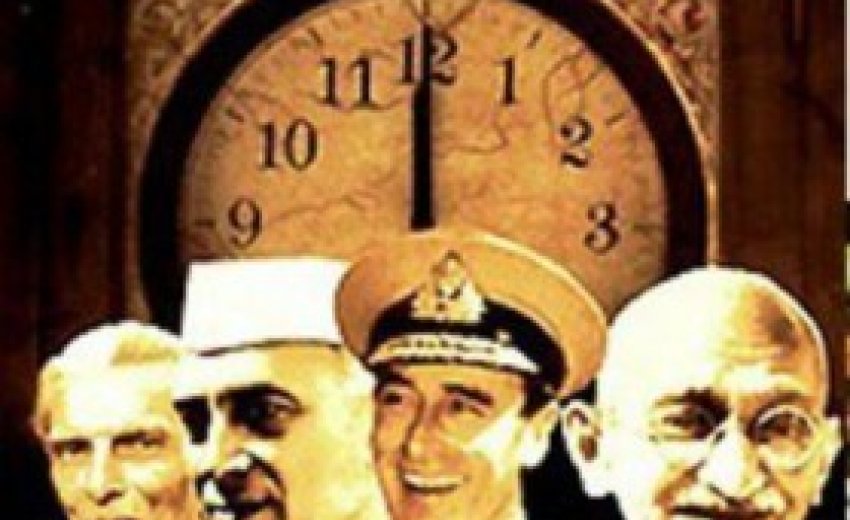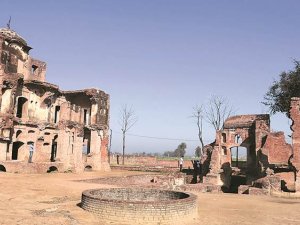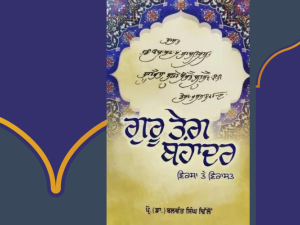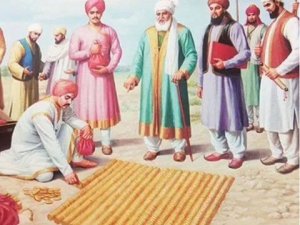
Sikhs in Pre-Partitioned India - Language, Mistakes & Missed Opportunities?
Since the turbulent times of 1980s, Sikhs have been confronting number of issues in relation to their identity and past 'mistakes' have been highlighted and a list of 'missed opportunities' has been made up. The twenty something or younger born after this very sad and painful period, have taken on the social media. They have declared all and sundry especially the Akali leadership of the day 'Gaddar' (traitor).
A number of myths have been perpetuated over the last 40 years and they continue to divide the community. I will try to examine some of them today. One of the foremost is that Akali leadership of the day did not demand a Sikh homeland; if they had the British or Mr Jinnah would have given it to them. Another major misconception is regarding Punjabi Hindus and their relation with Punjabi language.
Sardar Kirpal Singh has edited a pioneer book "Selected Documents on Partition of Punjab 1947: India and Pakistan". I wish some of my younger brothers and sisters read this monumental work. The book contains official documents from Legislative Assembly, minutes of the meetings of Punjabi leaders with British Governor and officials prior to independence, rather than his views on the subject. I am directly quoting from the book for the benefit of the readers.
Sikh Homeland & demand to split Punjab 1946
A resolution at Lahore by a representative gathering of prominent Sikh Leaders under the presidency of Master Tara Singh in February 1946 demanded an autonomous Sikh State and splitting of Punjab.1
"…In order to ensure the free and unfettered growth of the Sikh Panth, the Panth demands the splitting up of the existing province of the Punjab, with its unnatural boundaries, so as to constitute a separate autonomous Sikh State in whose areas of the Central, Northern, Eastern and South-Eastern Punjab in which the overwhelming part of the Sikh population is concentrated, and which because of the proprietors in it being mostly Sikhs, and its general character being distinctively Sikh is also the de facto Sikh Homeland - the area, extent, the status and constitutional framework of such a state being left to be settled by negotiation between the accredited representatives of the Sikh Panth and the other interested parties, such as the British Government, the Hindus and the Muslims…"
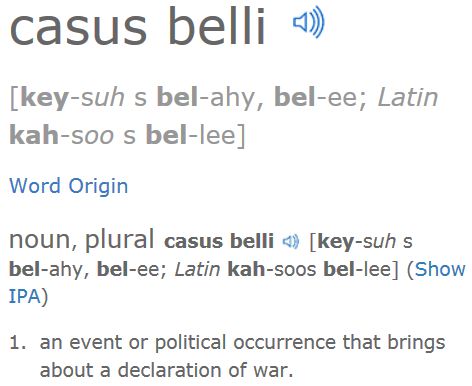
Sardar Sawran Singh along with other Sikh leaders met Sir Evan Jenkins, Governor of Punjab on 2nd May 1947. Please note the Governor's response.2
"… the two Sardars made it clear that this was the real casus belli…
Their area must include all districts with a substantial Sikh population. I re-joined that this idea was quite untenable since the Sikhs were not in a majority in a single district. They would do well to remember that the Muslims had precisely similar problems. The two new States would in fact have minority problems almost as acute as those which beset the Punjab today…
This was an interesting talk. It illustrates the unreasonable demands of the Sikhs……"
Sir Evan Jenkins, Governor of Punjab wrote to Lord Mountbatten, Governor General of India on 10th July 1947 following his meeting with Sikhs leaders headed by Giani Kartar Singh. Jenkins gives his views and encloses Sikh demands.3
"… the Giani said there must be an exchange of population on a large scale. Were the British ready to enforce this? He doubted if they were and if no regard was paid to Sikh solidarity, a fight was inevitable...
The Sikhs were entitled to a homeland just as much as the Muslims and the Hindus.
The Giani then elaborated the Sikh claim. He said that they must have at least one canal system; they must also have Nankana Sahib [the birthplace of Guru Nanak]; finally, the arrangements must be such as to bring three-quarters or at least two-thirds of the Sikh population into the Eastern Punjab. Sikhs should be moved to the East and 400,000 Muslims to the West (later in the conversation he said that the number of Sikhs would be 500,000 or 600,000 and the numbers of Muslims about one million; property as well as population should be taken into account in the exchange and the Sikhs are on the whole better off than the Muslims). The Giani asserted that unless it was recognized by HMG, the Viceroy and the Party Leaders that the fate of the Sikhs was a vital issue in the proceedings for the transfer of power…….He saw the final Sikh State as a kind of Buffer-State between Pakistan and the Union of India.
……Finally, the Giani appealed to me to do all that I could to help the Sikhs during a period of great trial. Having served in the Punjab for so many years, I could not wish to abandon it to misery and bloodshed; but there would be misery and bloodshed if the boundary were not suitably solved.
The Giani was matter of fact and quiet throughout our conversation, but wept when he made his final appeal. This is the nearest thing to an ultimatum yet given on behalf of the Sikhs. They are undoubtedly very puzzled and unhappy, but I see no reason to suppose that they have lost the nuisance value which they have possessed through the centuries."
Sikhs did not form a majority in a single district in pre partitioned Punjab. The partition of the country was done based on population census of 1941. Sadly Sikhs were spread across Punjab and were only 14.9% of the Punjab population. The majority community was Muslims at 53.2% who were in small majority in both urban and rural areas.4
Jinnah's offer to Sikhs
Before we divulge further on this subject, we need to examine the relations between Sikhs and Muslims. The martyrdom of two Gurus followed by prosecution of Sikhs by latter Mughals and Abdali was not forgotten but people from both communities carried on their day to day work and lively reasonably amicably. Perhaps the secular reign of Maharaja Ranjit Singh was able to provide some healing touch. However the history and culture meant that Sikhs did not dine with Muslims. Compared this with Punjabi Hindus, Sikhs would dine and inter marry with them. The water at railway stations was demarcated separately as Hindu water and Muslim water. People would not drink from each other's wells in the villages.5
On 2nd April 1946 Sikhs met Mohd Ali Jinnah who privately assured them that Sikhs would have a position of honour in the new State of Pakistan. But he refrained from elaborating and was extremely reluctant to put anything in writing.6 This meant that the talk never progressed further. Mr Jinnah passed way in 1948 and Pakistan has huge issues with dealing with separate identity of Bengali Muslims and even took them many years to recognise state languages. Although Punjabis form the majority in Pakistan, the Punjabi language has no status in Pakistan and it is not compulsory in any stage of education. Sikhs had a bitter struggle with Indian government over Punjabi language state, one could probably safely say they would not have fared any better had they opted for Pakistan.
Punjabi Hindus & Punjabi language
Sikhs feel aggrieved that Punjabi Hindus 'disowned' their mother language after partition of India. To understand the circumstances we would need to go back more than 100 years ago.
British implemented modern education and established Universities in Calcutta, Bombay and Madras. In 1882 Punjab University, the fourth in the country was established. During this period both Muslims and Hindus developed consciousness about their identity. Religion, language, script, vocabulary and literary tradition were all seen as belonging to one or the other identity.
Hindi and Hindu identity converged in a process. Simultaneously, Urdu too became a part, and symbol, of the Indian Muslim identity. Thus the Punjabi Muslims began to identify with Urdu rather than Punjabi during the Hindi-Urdu controversy which began in the 1860s and went on in one way or the other till the partition of India in 1947.7
Division on Punjabis on language issue - 1880s
By the 1880s the Urdu-Hindi controversy had started agitating the minds of the Hindus and Muslims of the Punjab. Thus, when the Hunter Commission was formed in to recommend educational changes in India, the question of the medium of instruction at the lower level had to be settled.7
The Sikhs submitted memorandum to the Commission in favour of Punjabi, while the Hindus submitted petitions in favour of Hindi. The Muslims, as individuals and in organizations, opposed Hindi and favoured Urdu. Primary schools were established on language and religious lines by reform organisation like Singh Sabha, Arya Samaj and Tahrik i Ahmedyya.8
Since the Urdu-Hindi controversy was part of Hindu-Muslim antagonism, any attempt at supporting the cause of Punjabi was interpreted by the Muslims as an attack upon them. Thus, when Dr P. C. Chatterjee, a Bengali Hindu educationalist proposed in his convocation address at the Punjab University in 1908 that Punjabi should replace Urdu, the Muslims opposed him vehemently. On 29 December 1908 a meeting was held in Amritsar to condemn Chatterjee's proposals. The support of Punjabi by a Bengali Hindu was perceived as an expression of his anti-Muslim bias. The Muslim League condemned the demand for Punjabi in its December 1910 session.8
Post 1947
As we see above, the Punjabi language due to pan Northern Indian phenomenon was disowned by both Muslims and Hindus in 1880s. Post partition when Sikhs demanded a Punjabi Suba (Province) the press owned by certain Arya Samaji Hindus opposed it vehemently. The language issue was the root cause of Punjab's division in 1947 and 1966.
Conclusion
The Sikh leadership during 1946-47 tried their best to safeguard the interest of the community. Unfortunately the Sikhs were not a majority in even a single district which meant they had no bargaining power with the British when they demanded a Sikh Homeland. They had no option but to choose to live with India or Pakistan. The centuries of mistrust between Muslims and Sikhs added with no specific details on Sikh's position in future Pakistan meant that the leadership chose India. Following independence Sikhs had to fight a bitter struggle to get a Punjabi speaking province which did not helped the relations between Sikhs and the majority community in India.
Pre partition, Punjabis was divided like other states in North India on communal lines and identified themselves with different language as well. Major part of Punjab which is now lower Haryana and upper Himachal Pradesh (Not Kangra and lower Himachal) were not Punjabi speaking. However due to communalisation, in 1961 census Hindus in this area declared Hindi as their language which meant these areas were not included in Punjabi speaking province in 1966. They had 'disowned' the Punjabi language since 1880s.
Bengalis were also divided on communal lines but they had pride in the language and script. Hence Bangladesh has Bengali as their national language. Compare to North India, hardly any Muslim from South India (the so called Dravidian states) went to East or West Pakistan during or after partition.
There is no point in blaming anyone but appreciation of correct facts is important. We cannot force other people to speak a language. Let's promote Punjabi at homes and at work. Forgive and forget those who disowned Punjabi language. It is 135 years now!
-----------------------------
Source:
1. Kirpal Singh - Selected Documents on Partition of Punjab 1947: India and Pakistan (Delhi: National Bookshop, 1991; revised edn. 2006), page 12-13
2. Kirpal Singh - Selected Documents on Partition of Punjab 1947: India and Pakistan (Delhi: National Bookshop, 1991; revised edn. 2006), page 64-65
3. Kirpal Singh - Selected Documents on Partition of Punjab 1947: India and Pakistan (Delhi: National Bookshop, 1991; revised edn. 2006), page 164-167
4. Gopal Krishnan - Demography of Punjab (1849-1947), Journal of Punjab Studies, Vol 11, Part 1
5. Akhtar Hussain Sandhu - The Voice from the Rural Areas: Muslim-Sikh Relations in the British Punjab , 1940-47 http://apnaorg.com/articles/sandhu-1; http://www.1947partitionarchive.org; https://www.facebook.com/khoraysach47day/
6. Harbans Singh - Heritage of the Sikhs , Manohar Publications, Delhi 1983
7. Tahir Kamran - Punjab, Punjabi and Urdu, the Question of Displaced Identity: A Historical Appraisal, Journal of Punjab Studies, Vol 14, Part 1
8. Tariq Rahman - Punjabi Language during British Rule, Journal of Punjab Studies, Vol 14, Part 1

